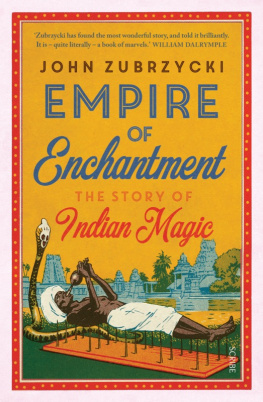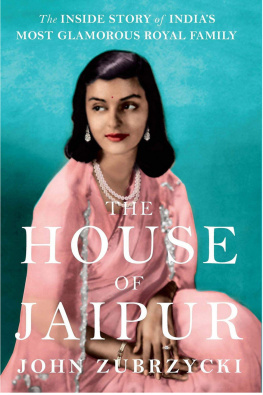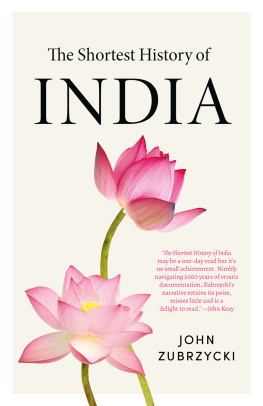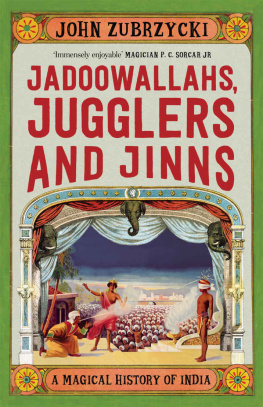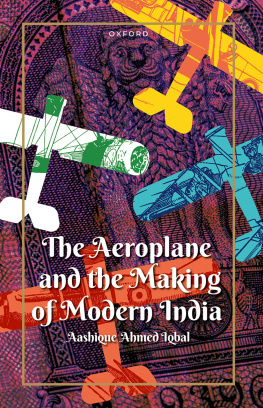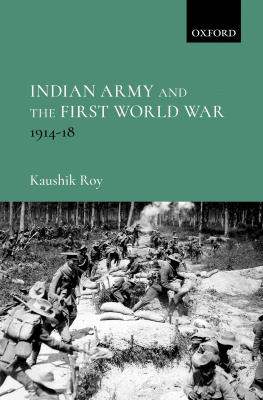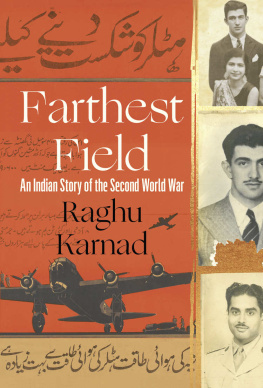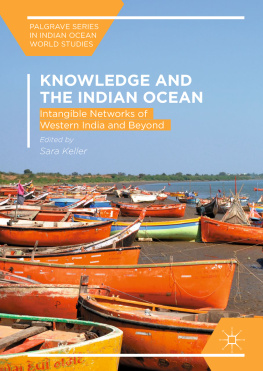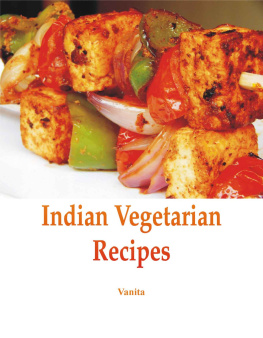
EMPIRE OF ENCHANTMENT
JOHN ZUBRZYCKI has worked in India as a diplomat, consultant, tour guide, and correspondent for The Australian . His background is in South Asian history and Hindi, and his doctoral thesis (at the University of New South Wales) concerned historical links between Indian and Western stage magicians. Johns previous books include The Last Nizam and The Mysterious Mr Jacob .
Scribe Publications
1820 Edward St, Brunswick, Victoria 3056, Australia
First published by C. Hurst and Co. (Publishers) Ltd., London 2018
This edition is published by arrangement with C. Hurst and Co.
Published in Australia and New Zealand by Scribe 2018
Copyright John Zubrzycki 2018
All rights reserved. Without limiting the rights under copyright reserved above, no part of this publication may be reproduced, stored in or introduced into a retrieval system, or transmitted, in any form or by any means (electronic, mechanical, photocopying, recording or otherwise) without the prior written permission of the publishers of this book.
The moral right of the author has been asserted.
9781925713077 (Australian edition)
9781925693188 (e-book)
A CiP entry for this title is available from the National Library of Australia.
scribepublications.com.au
CONTENTS
Introduction:
ACKNOWLEDGEMENTS
The genesis of this book was a chance remark at a dinner party in Sydney about an Australian magician who took to the stage mimicking a Chinese conjurer in the early 1900s. It turned out the trickster in question was in fact the American, William Robinson, who adopted the name Chung Ling Soo and would go down in history for being the unfortunate victim of a bullet-catching trick that went tragically wrong. Intrigued by what motivated magicians to partake in such cultural cross-dressing (let alone risky behaviour), I soon discovered that oxymoronic Hindu fakirs from as far afield as Buffalo, New York and Plymouth, England once vied to outdo each other in over-the-top, Orientalised magic shows. The popularity of this genre peaked just as the first Indian mystifiers, fitted out in top hats and tailored dinner jackets, appeared on stage in England, America and continental Europe. I found this juxtaposition intriguing and realised there had been little scholarship on how Indias wonder-workers had influenced what was arguably the leading genre of popular culture at the time.
I am immensely grateful to Associate Professor Kama Maclean of the University of New South Wales, who helped coalesce a set of disparate thoughts into a coherent proposal for a PhD thesis. This work takes a much broader and more anecdotal look at Indian magic than the transnational history focus of my doctorate. The books completion would not have been possible without the support of the School of Humanities and Languages at UNSW and an Australian Government Research Training Program Scholarship. I would also like to acknowledge the input of my co-supervisor Emeritus Professor Stephen Muecke. Thanks are also due to Amitabh Mattoo, Vinod Mirchandani, Roomana Hukil and the staff at the Australia India Institute in New Delhi. My AII fellowship focused on links between Australian and Indian magicians during the colonial period.
With funding from the Australia India Council at the Department of Foreign Affairs and Trade in Canberra and Tata Literature Live in Bombay, I presented a troupe of Australian magicians to Indian audiences in November 2016, allowing me to pick up much useful material on the contemporary magic scene. Adam Mada, Lucas Itrawan and Ash Hodgkinson let their amazing tricks do all the talking and Jo Dyer was an excellent producer. Anil Dharker and the Lit Live team earned our enduring praise. Thank you Quasar Thakore Padamsee, Toral Shah and Vivek Rao. One of the highlights was a show in honour of the late magician Hamid Sayani at the Royal Bombay Yacht Club on what would have been his 90th birthday. For that unforgettable experience (and for introducing me to the delights of Parsi Dairy Kulfi) I will be forever indebted to Pooh and Aadore Sayani and Janine Bharucha. I am grateful to Cressida Lewis and Aliya Elariss at the Australian Consulate in Bombay and to Hema Rance, Aman Kaur, Shekhar Nambiar and Sandra OMalley at the Australian High Commission in New Delhi for organising that tour. Mhelly Bhumgara and Raj Kumar, conveners of the Society of Indian Magicians in Bombay and New Delhi respectively, organised the interactions with local magicians. Particular thanks must go to the jadoowallahs of Kathputli Colony, especially Junaid and Rehman Shah, Mohammed Iqbal and Chand Pasha. Thanks also to members of Raj Kumars troupe from Ghaziabad who are named in the introduction to the book.
I am particularly appreciative of the support and encouragement of my literary agent, Anuj Bahri, who enthusiastically embraced this project when it was little more than an idea. For their patience and support, I would like to thank two of the most talented people in the field of publishing I have ever worked with, Sushmita Chatterjee of Pan Macmillan India and Michael Dwyer of Hurst in the UK. I must include Diya Kar Hazra who originally commissioned the work for Pan Macmillan. Thanks also to Jon de Peyer and Daisy Leitch at Hurst for their professionalism. Lee Siegel, whose Net of Magic was an inspiration, was exceedingly generous in his comments on, and praise for, an early draft of this manuscript. William Dalrymple was a morale boosting and enthusiastic supporter and alerted me to some valuable material.
Staff at the following archives were instrumental in helping me weave together the threads of this narrative. In India: the Alkazi Collection of Photography, the Asian Heritage Foundation, the Nehru Memorial Museum and Library, the National Archives of India, the Maharashtra State Archives and the National Library of India. In the UK: the Asian and African Studies Collections at the British Library, Senate House Library at the University of London, the South Asian Studies Library at the University of Cambridge and the Magic Circle Library. In the US: the Conjuring Arts Research Center, the New York Public Library, the Rare Books and Manuscripts section at the Library of Congress, and the Valentine Museum. Finally, in Australia Id like to thank the staff at the State Libraries of New South Wales and Victoria.
It is impossible to list individually each act of generosity, encouragement, hospitality and advice I received in writing this book, but that does not lessen the appreciation I feel. In alphabetical order my thanks go to Juhee Ahmed, Rahaab Allana, Mark Allon, Sagnik Atarthi, Sunil Badami, Rana Bandyopadhyay, Shreya Banerjee, Jonathon Barlow, Pablo Bartholomew, Bindu Batra, Kaushik Bhaduri, Maina Bhagat, Raaja Bhasin, Sidharth Bhatia, Kaizad, Zenia and Mhelly Bhumgara, Kent Blackmore, Arun Bonerjee, Julia Booth, Toni Chapman, Akshay Chavan, Ronnie Chhibber, Jennifer Chowdhury, Savitri Chowdhury, Gerson and Uma da Cunha, Sam Dalal, Indira and Renuka Dhanrajgir, Anil Dharker, Roslyn DMello, Nigel Dutt, Jo Dyer, Betsy Emmanuel, Naresh Fernandez, Karl Fischer, Sarah Gandee, Anirban Ghosh, Samir Kumar Ghosh, Preeti Gill, Benjamin Gilmour, Kevin Greenbank, Somit Das Gupta, Zafar Hai, Mala Hashmi, Sanjoy Hazarika, Sharon Irani, Anita Jacob, Mahdu Jain, Priya Kapoor, Aman Kaur, Kelly Kerney, Pramod Kumar KG, Peter Lane, Jim Masselos, Art and Ruth Max, Mini Menon, Chris Mikul, Sarbajit Mitra, Saileswar Mukherjee, David Nabo, Aman Nath, Priya Paul, Aman and Christine Rai, Rani Ray, Vijay Sai, Santimoy, Deepthi Sasidharan, Rajeev Sethi, Sunil Sethi, Ishan Shivakumar, Luke Slattery, Maneka Sorcar and P.C. Sorcar Jr, Susan Stronge, Lakshmi Subramanian, Rishi Suri, Emma Tarlo, Geoff Tibbs, Safina and Patricia Uberoi, Hari Vasudevan, Deni Vidal, Sunayana Wadhawan Anne and Belinda Wright. Finally, and most importantly, I would like to thank my wife, Niki, and children Adele, Alexander, Jonathon and Nicolas for their patience, perseverance and praise when it was most needed.
Next page
